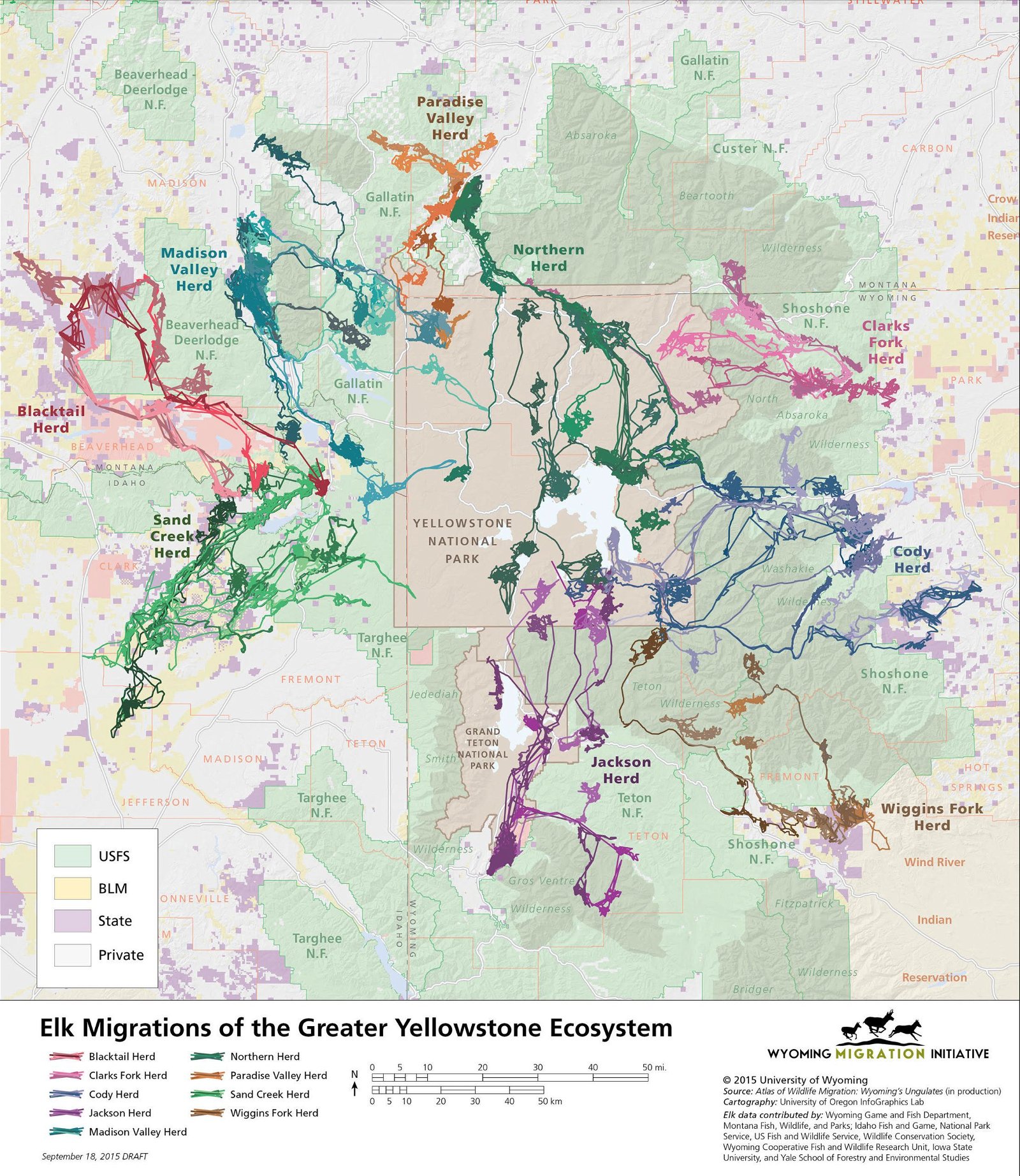
Animals migrate to get the resources they need to survive and reproduce. For elk, those resources are green grass and shelter from harsh winter conditions. In summer, the Greater Yellowstone elk climb to high elevations in and around the national parks, where the cool temperatures and summer rains keep the grass greener for longer. In winter, they retreat back to the foothills and valley bottoms to avoid cold weather and deep snow. When elk and other ungulates can move freely across large landscapes, they can grow fatter and produce more offspring than their sedentary counterparts. Through our work, we’ve come to see the productivity of migratory elk as the engine of an ecosystem. Until recently, it was difficult to study, or even to see these migrations. But in the past two decades, agencies and scientists have gained the technology to track them in exquisite detail. By pooling together all the GPS collar data our agency, university, and NGO partners have collected – and by filling gaps with our own, new collaring effort – we are providing the first detailed, comprehensive map of the elk migrations at the ecosystem scale. We will also be using the underlying dataset to better understand why elk migrate when they do, and the knock-on effects for the ecosystem. Our research focuses on elk simply because they are a dominant Greater Yellowstone herbivore and big game animal. But five other ungulates – mule deer, moose, bighorn sheep, pronghorn, and bison – also migrate from 20-170 miles across this ecosystem.

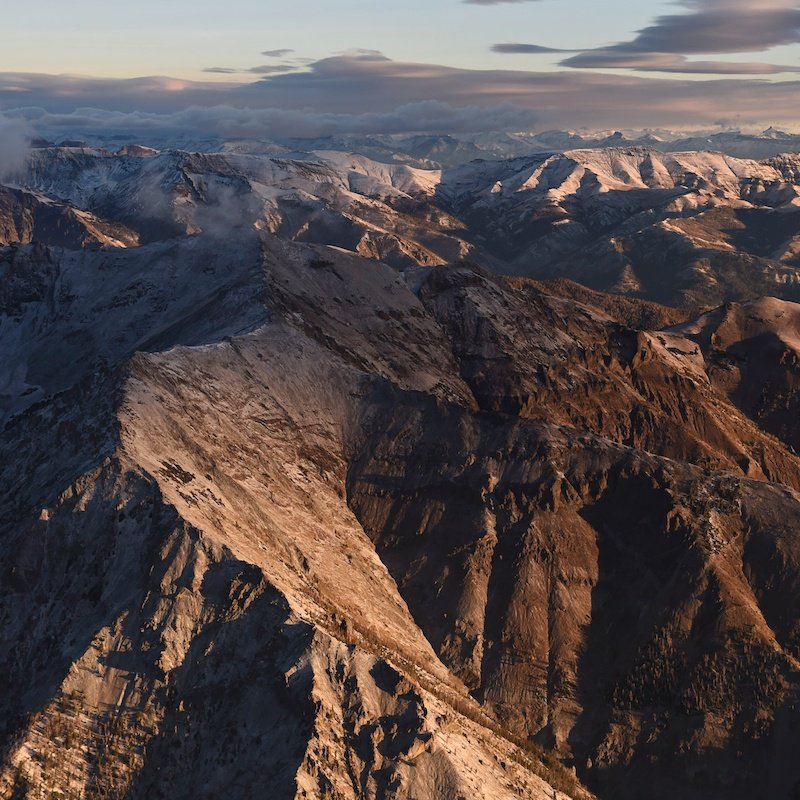
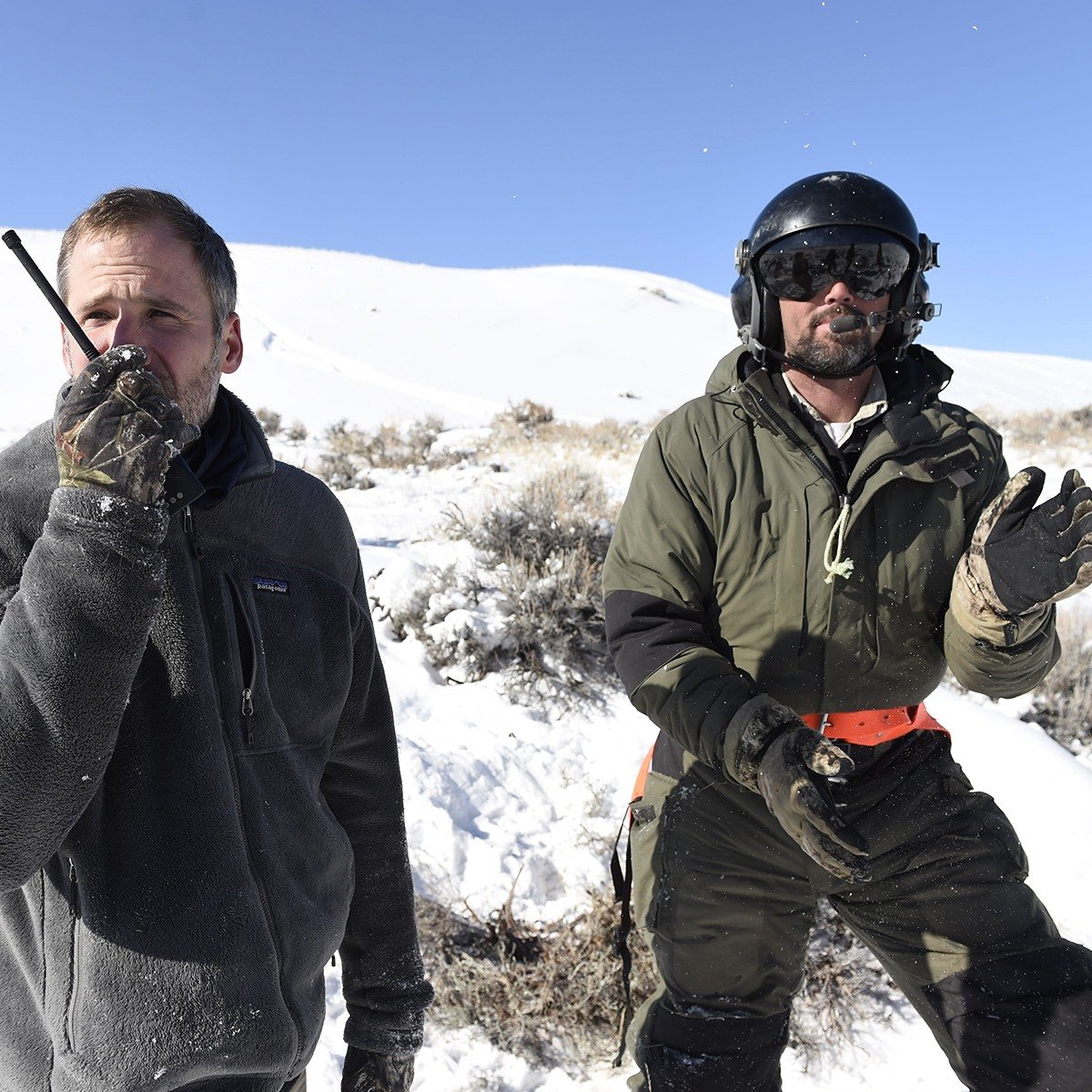
The Wyoming Game and Fish Department, Montana Fish, Wildlife, and Parks, Idaho Department of Fish and Game, U.S. National Park Service, U.S. Fish and Wildlife Service, University of Wyoming, Iowa State University, and the Wildlife Conservation Society have generously shared data and biologist support. Funders of our field work and additional elk collaring include the Prince Albert II of Monaco Foundation, the Draper Museum of Natural History, the Biodiversity Institute, the George B. Storer Foundation, the Knobloch Family Foundation, the Fran and Lenox Baker Foundation, the National Geographic Expeditions Council, the U.S. Forest Service (Shoshone National Forest), the Duncan Fund, and Mary Anne and Bill Dingus.

